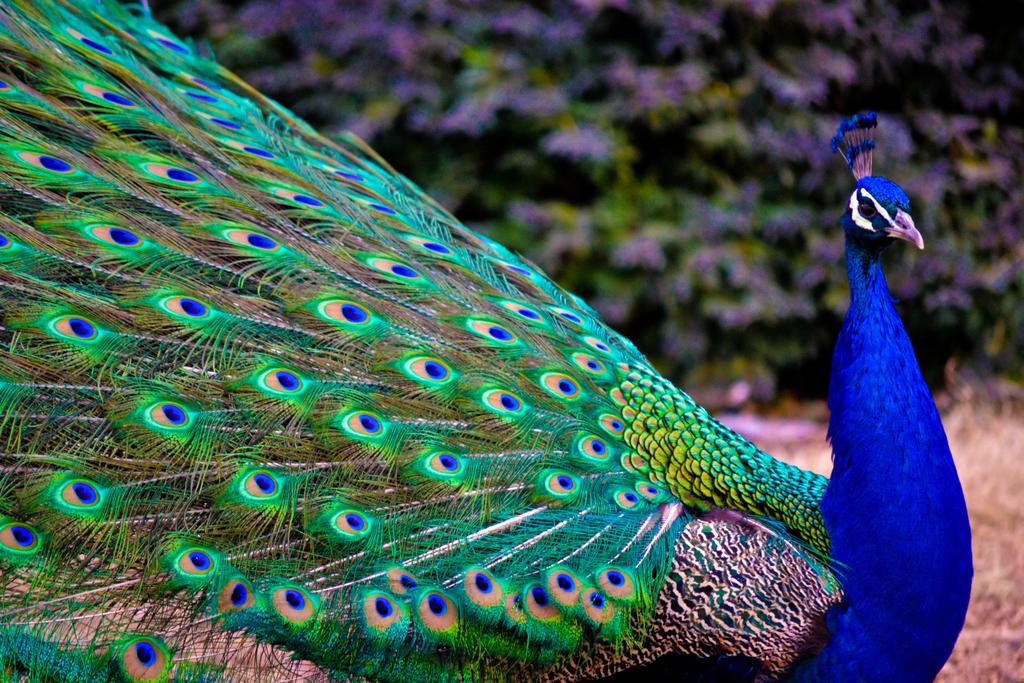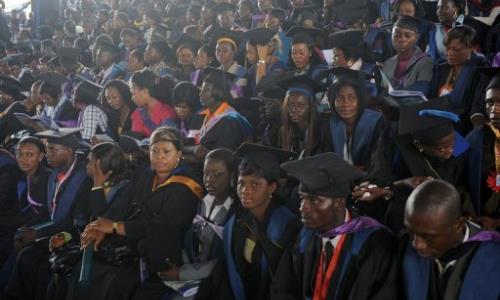You would think the male peacocks have it all and therefore should have their eyes on the “ladies”. That, however, is not so, as with all their beauty, the colorful feathery birds spend more time eying other guys than they do on ladies.
This is according to a finding by Evolutionary biologists from Texas A&M University who took the time out to monitor the behavior of the birds during mating season with the intention of tracking their eye movements.
The research which was done by sticking GoPro-esque cameras onto the heads of 14 Indian peafowls showed that while the male peacocks spend their time eyeing other males, the females spend their time eyeing the guys as they display their majestic beauty.
The finding of the study was published in the Journal of Experimental Biology, showed that of the time of the male peacocks 27.9 percent is spent on at other male rivals, 43.4 percent on gazing at the environment, and 3.1 percent of the time looking at females. The remaining time cannot be accounted for as a result of camera error.
Before it is wrongly gotten, the male peacocks do not admire other males. Instead, they look at them as rivals so as to assess their competitive wits. The study noted that the birds “also directed more attention toward their rivals when the rivals were shaking their wings and moving but not when they were train rattling.”
It is understood in the study that the gaze of both the male and female peacocks is mostly directed at the lower part of the male’s extravagant tail and lower “eyespots”. This for the male is to assess the rival, while for the women is to see who is the best peacock to mate with.
According to Jessica Yorzinski who is one of the study’s authors, the study supports and earlier study which shows that males with longer trains are more successful in gaining territory and winning the hearts of the ladies.
The research notes thus:
Given that peacocks were gazing along the bottom portions of their rivals’ displays and their rivals’ legs, they could have been assessing the width of the trains (which is positively correlated with the length of the train) and length of the tarsi.















